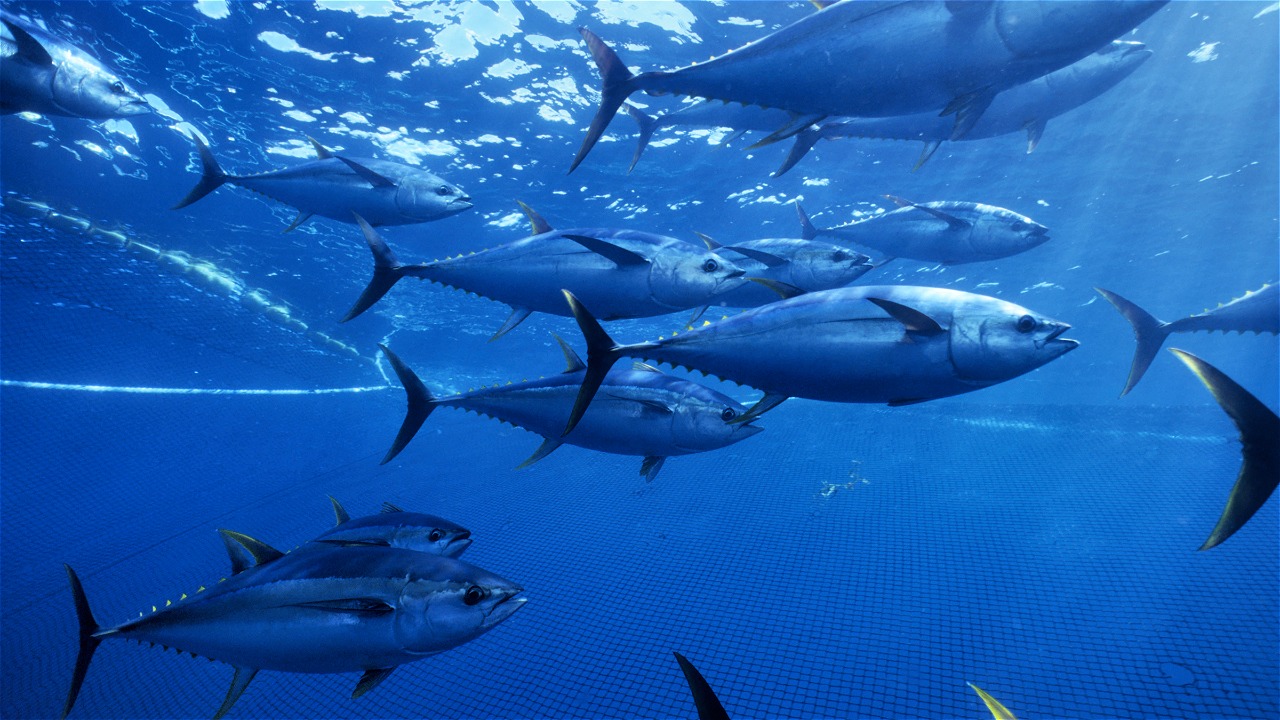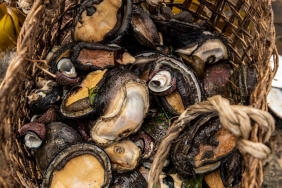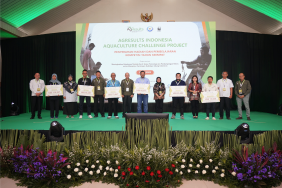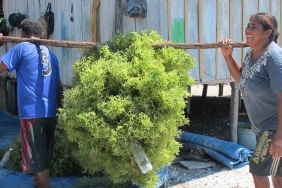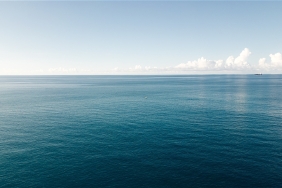WORLD TUNA DAY: GETTING TO KNOW THE OCEANIC EXPLORER TUNA
Various processed tuna is often enjoyed, ranging from sashimi, sushi, to ready-to-eat processed forms. In fact, tuna is one of the most consumed fish species worldwide. This fish with high commercial value also has its own day which is commemorated every May 2, especially in tuna-producing countries.
Physically, unlike most fish that have white meat, tuna meat is pink to dark red in color. Tuna muscles contain more myoglobin than other fish because tuna are very active swimmers. There are four types of tuna found in Indonesia: Albakor, Madidihang (Yellowfin Tuna - Yellowfin Tuna), Big Eye (Big Eye Tuna), and Southern Bluefin Tuna. There are also relatives of tuna that are very similar in physical appearance but smaller in size, namely Skipjack (Skipjack Tuna) and Tongkol.
Potential and Challenges in Tuna Fisheries
This wide-ranging pelagic fish is a type of fish whose management is a shared responsibility between countries. Therefore, the status of national tuna fisheries management is always monitored by Regional Fisheries Management Bodies (RFMOs). RFMOs have the mandate to regulate tuna management globally.
In its development, according to data from the Ministry of Marine Affairs and Fisheries (KKP) in 2011, no less than one million tons of Indonesian tuna were exported to various countries. The main countries that buy this tuna are Japan, America, and several countries in the European Union. The value of tuna exports is almost 11 trillion rupiah per year. This figure makes Indonesia among the top five major tuna producing countries in the world.
However, Indonesia's tuna potential is actually much greater than that if managed properly. The capture of juvenile tuna, the number and type of fleets and fishing gear that have not been handled optimally, the unregulated Harvest Control Rule, and the rampant practice of Illegal, Unreported, and Unregulated (IUU) fishing are the causes of the decline in the supply of tuna resources in nature. This could threaten the sustainability of Indonesia's tuna business.
Sustainable Tuna Management Efforts
Seeing the background of the problem and the magnitude of the potential, in December 2014 WWF-Indonesia organized the National Tuna Symposium for the first time. This symposium was held to invite the public to be more concerned about sustainable tuna fisheries practices through scientific studies.
In addition, Seafood Savers also assists the fisheries improvement program (FIP) supply chain of member companies with tuna commodities, such as PT. Arta Mina Tama and Sea Delight. Sea Delight registered its supply chain in the Sendang Biru area, which is famous for its tuna potential. The tuna in Sendang Biru is caught using a handline, one of the environmentally friendly fishing gears.
Currently, the government has also issued many regulations to support the realization of sustainable tuna fisheries management. Prohibition of transhipment, moratorium on fisheries business licensing, and prohibition of destructive fishing gear are some of its efforts. Of course, support from all parties is expected, even us as consumers so that our children and grandchildren can continue to enjoy tuna. The smallest effort we can make is to ask the origin of the tuna we eat: How is it caught; What is the fishing gear; Where is the fishing area. Always choose tuna caught with environmentally friendly fishing gear and always check the status of the fish with Seafood Guide.
Happy World Tuna Day!
Author: Novita Eka Syaputri (Seafood Savers Communication Assistant - WWF-Indonesia)

